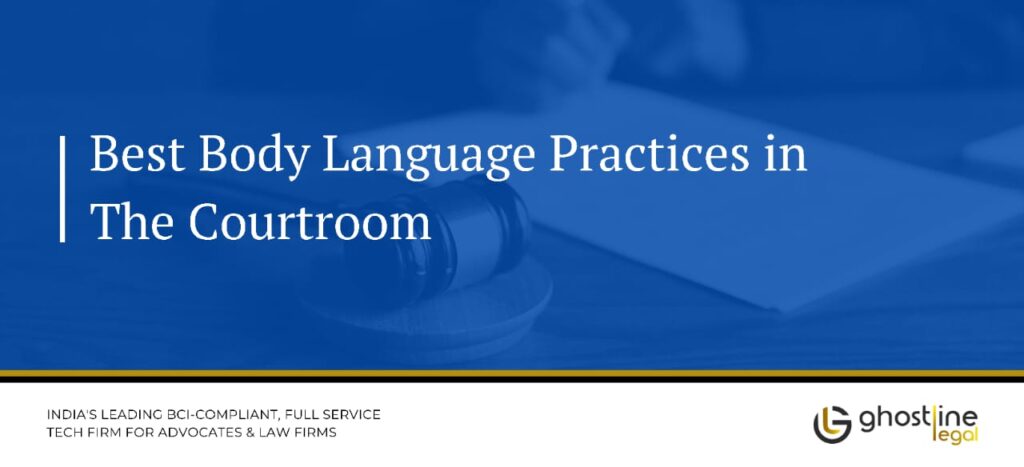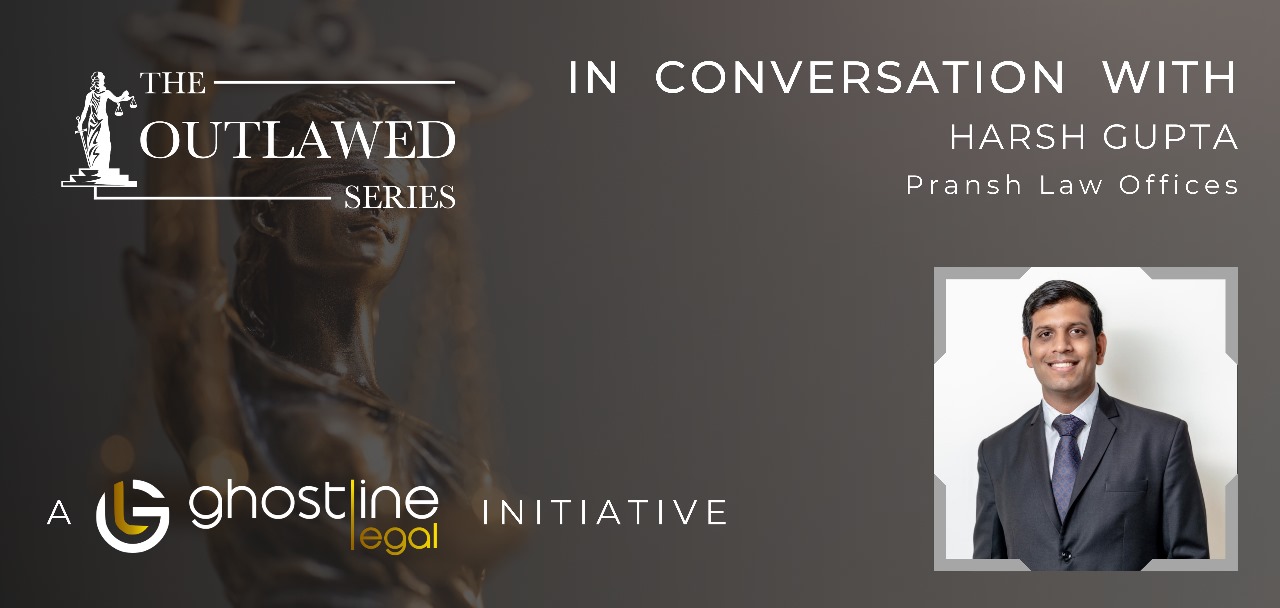In the high-stakes arena of the courtroom, effective communication extends beyond verbal arguments and legal expertise. Body language, the nonverbal cues conveyed through gestures, posture, and facial expressions, plays a pivotal role in shaping perceptions, influencing judgments, and enhancing persuasive prowess.
Understanding and mastering body language can significantly impact a lawyer’s ability to connect with judges, jurors, and clients, ultimately influencing case outcomes. In this article, we delve into the best practices for utilizing body language effectively in the courtroom, exploring techniques to project confidence, credibility, and authority, while fostering rapport and trust with all stakeholders.
Allison Leotta, a former federal prosecutor and acclaimed author of five novels, including “Law and Attraction”, emphasizes the significance of demeanor, drawing from her extensive 12-year trial experience. This article is based on her observations.
Despite her insights, Leotta observes a notable gap in legal education, noting the absence of body language courses in law schools. She underscores that many trial lawyers overlook this crucial aspect, as highlighted in an ABA Journal feature.
1) Stay in Character Even When You Do Not Have a Speaking Role
From the moment the jury enters the courtroom, they become your audience, observing your every move before you utter a single word. Their attention is solely on you; they cannot glance at their phones, converse among themselves, or even shift from their designated seats. Every action you take is under scrutiny, shaping their perception of your character and credibility.
2) Eye Contact
Eye contact stands as a cornerstone of nonverbal communication within the courtroom. Establishing direct eye contact communicates confidence, credibility, and honesty, serving as a potent tool for both witnesses and attorneys. Nonetheless, maintaining the appropriate balance between establishing eye contact and avoiding prolonged staring is crucial. Excessive eye contact can inadvertently come across as aggressive or intimidating, underscoring the importance of moderation in this nonverbal gesture.
3) Maintain a Subtle, Composed Smile at All times
Utilize the mirror for practice. You aim to avoid appearing erratic, yet you may discover that a refined, rehearsed smile appears more approachable and conveys greater assurance than your natural demeanour when at rest. Should your key witness falter under cross-examination? Employ your understated, practised smile. Caught off guard by unexpected testimony? A subtle smile suffices. Reacting with a frown or recoiling in surprise might lead a juror to infer that you perceive your case as weakened. Conversely, maintaining your composed, subdued smile communicates confidence in the unfolding of events, affirming that everything progresses according to plan.
4) Tone of Voice
For years, you may have grappled with finding your ideal demeanour. Perhaps you found yourself torn between various perceptions—struggling to strike a balance between appearing too youthful, overly academic, or excessively assertive (a common pitfall for women). Your goal was to convey intelligence without seeming pretentious, warmth without coming across as insincere, and passion without overwhelming the audience with fervour. This tightrope walk is challenging for anyone, but it presents particular hurdles for young lawyers and female litigators.
Eventually, you may discover your stride by envisioning your audience as someone akin to your mother-in-law: an intelligent, empathetic woman whom you deeply respect and admire. Interacting with her always brings out the best in you. Consider someone in your own life who fits this description. If uncertain about your tone, consider practicing your opening statement with your friends outside of law. The perspective offered by a non-lawyer can be enlightening.
5) Be Careful With your Gestures
Gesturing, or speaking with your hands, is a common behavior we all engage in. However, according to Alison, the significance lies not in the gestures themselves but rather in their positioning relative to your body. Similar to posture, Alison advocates for employing neutral gestures for the majority of your communication. She refers to these as “medium” gestures—those occurring around the level of your belly. This position is considered the optimal point.
“This is where you should aim to be most of the time,” she remarked, gesturing around her core. “It conveys trustworthiness and expertise, indicating transparency.” Conversely, high gestures—such as raising your hands to chest or shoulder height (or higher)—should be used sparingly. Additionally, there may be some inherent gender bias associated with such gestures.
“Women often gesture from their chest, which can be perceived as emotional or overly dramatic,” Alison noted. “Observe female attorneys, and you may notice jurors reacting with scepticism. We are often viewed as more emotionally expressive.” Instead, reserve prominent, high gestures for moments requiring emphasis or to underscore the importance of your message. This naturally prompts your audience to pay closer attention, increasing the likelihood of retention.
6) Do Not Get Tensed
While maintaining neutral posture and gestures is important, Alison cautions against sacrificing your humanity in the process. It is essential to remain relaxed and retain a degree of flexibility.
“When we become nervous or face challenging situations, we often restrict our breathing and tense up, appearing robotic. Restrained movements may signal that you are withholding information,” Alison advises. Furthermore, tense movements and posture can create a sense of closure in communication. “Walls cannot converse with walls. If you appear stiff, your conversational partner may adopt a similar demeanour,” she explains.
7) Know Whom You Are Talking To
Alison suggests that movement pattern analysis is grounded in understanding the various stages of decision-making. She identifies three primary types of decision-makers: researchers, judges, and action heroes.
- Researchers are individuals who prefer to gather extensive information and carefully analyze all available data before making a decision. They tend to value thoroughness and precision in their decision-making process.
- Judges, on the other hand, are inclined towards evaluating options based on established criteria or principles. They often rely on their intuition and past experiences to assess the merits of different choices.
- Action heroes are characterized by their preference for quick decision-making and a bias towards action. They thrive in dynamic environments where they can take charge and implement decisions swiftly.
Recognizing the predominant decision-making style of both yourself and your audience can significantly influence how you tailor your communication approach. For instance, presenting detailed research findings may resonate well with researchers, while judges may appreciate arguments grounded in established principles or precedents. Meanwhile, action heroes may respond more positively to clear, decisive action plans. By understanding these differences, you can adapt your communication style to effectively engage with individuals across diverse decision-making styles.
In conclusion, mastering body language practices in the courtroom is essential for lawyers seeking to effectively convey their message, build rapport with jurors, and influence case outcomes. From maintaining neutral gestures to understanding the nuances of movement patterns in decision-making, lawyers can leverage these techniques to enhance their credibility, establish trust, and project confidence. By recognizing the importance of posture, gestures, and nonverbal cues, legal professionals can navigate the complexities of the courtroom with finesse, ultimately strengthening their advocacy and achieving success in their legal endeavours.
Ghostline Legal is India’s leading, BCI-compliant, full-service tech and content firm catering exclusively to advocates and litigation chambers.










